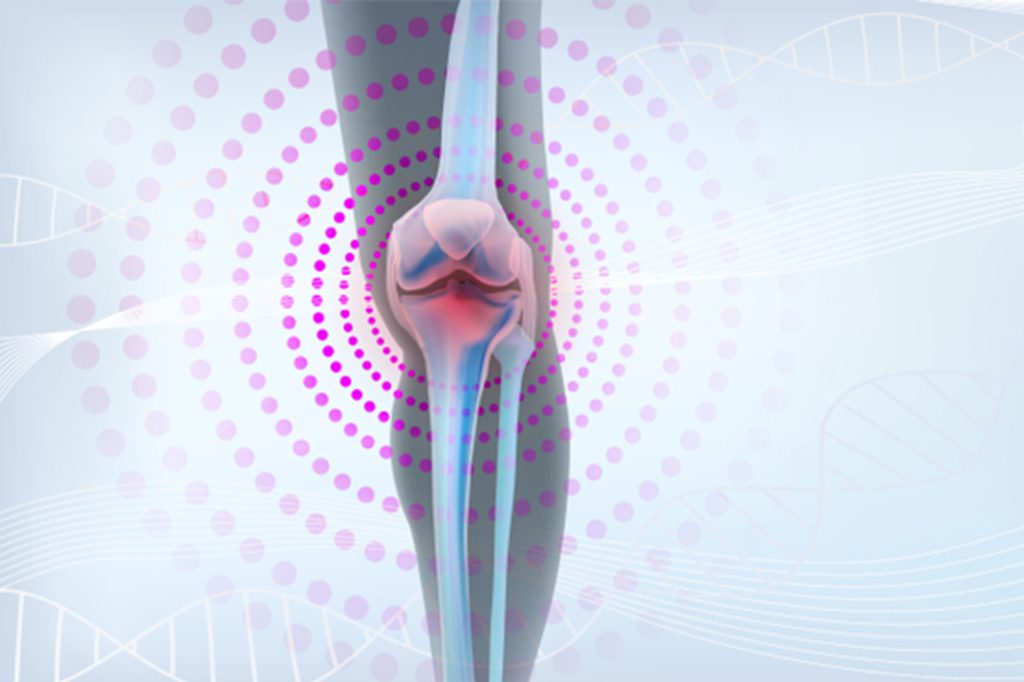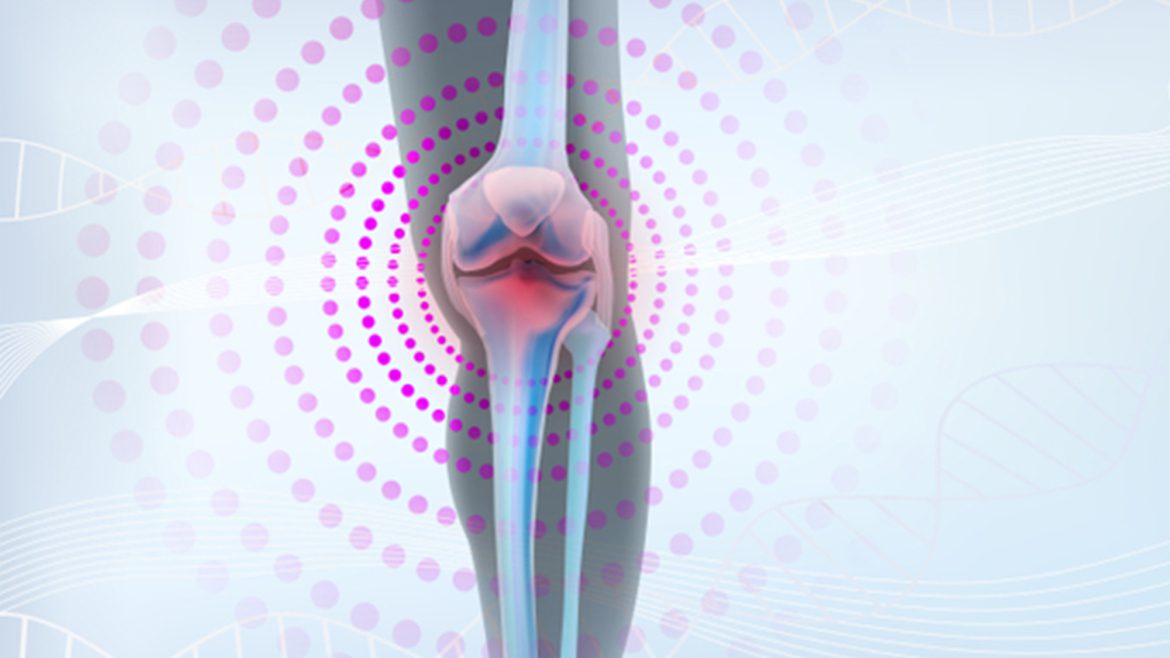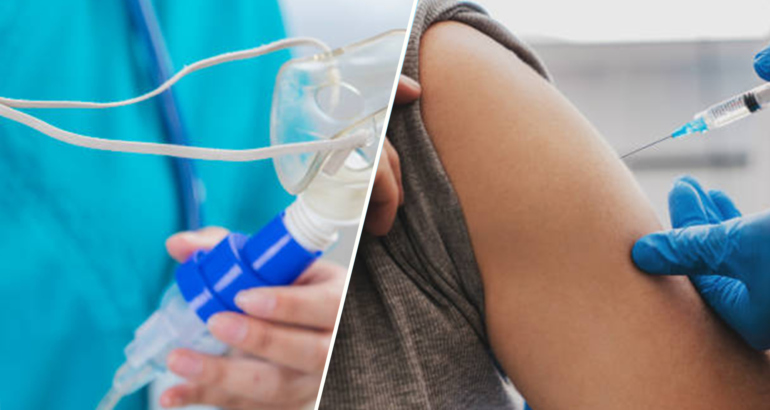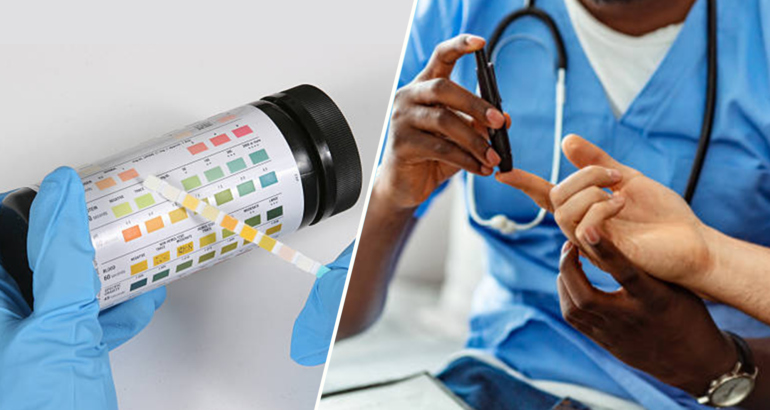Joint Injections

Most primary care physicians find injecting joints, bursae, tendon sheaths, and soft tissues of the human body a useful diagnostic and therapeutic technique. For many common conditions, extensive practice-based experience supports the success of joint and soft tissue injection.
Physicians require further training to incorporate joint and soft tissue injection into daily practice. Regular knee joint injections, plantar fascia injections, and shoulder joint injections are different procedures Dr. Garg has been trained to conduct.
Corticosteroid injections have a wide range of therapeutic effects. When selecting whether or not to reinject, the patient’s response to the last injection is critical. Most people will respond after the first injection if they will respond.
If the patient has shown a significant improvement after the first injection, there is a case to be made for giving a second injection if the symptoms persist. Patients who have not seen symptom relief or functional improvement after two injections should generally not have any more, as the likelihood of a favorable outcome is limited.

What are the different types of joint injections?
Different joint injections can be used for diagnostic, therapeutic, or pain management purposes. Some of the common types include:
- Corticosteroid Injections (Steroid Injections): To effectively manage arthritis and bursitis, inflammation and pain can be relieved through direct injections of corticosteroid medication into the joint.
- Hyaluronic Acid Injections (Viscosupplementation): Hyaluronic acid injections are a highly effective treatment for osteoarthritis. These injections can significantly reduce pain and improve joint mobility by lubricating the joint and providing cushioning.
- Platelet-Rich Plasma (PRP) Injections: PRP injections are a highly effective treatment option that harnesses the regenerative power of an individual’s blood platelets, which are enriched with growth factors. These injections are targeted towards promoting tissue healing and regeneration and are often recommended for those suffering from tendonitis and osteoarthritis.
- Prolotherapy (Regenerative Injection Therapy): Prolotherapy is a treatment that utilizes injections of a solution, typically dextrose or other substances, to bolster tissue repair and fortify weakened ligaments or tendons in and around the joint.
- Botox Injections: Although Botox injections are commonly known for their cosmetic uses, they can also effectively treat muscle spasms caused by conditions such as cervical dystonia.
- Lubricant Injections (Synovial Fluid Replacement): The injections work by replicating the lubricating qualities of the joint’s natural synovial fluid, similar to hyaluronic acid injections.
What all injections do you do at your clinic?
Dr Anuja Garg has been trained in joint injections and has been performing them for the last 10+ years. At our clinic, we offer the below injections:
- Corticosteroid Injections (Steroid Injections),
- Hyaluronic Acid Injections (Viscosupplementation)
- Platelet-Rich Plasma (PRP) Injections
How are these joint injections compared to each other?
The effectiveness of different joint injections for knee pain can vary based on the underlying cause of the pain, the individual’s specific condition, and their response to treatment. It’s important to consult a healthcare professional to determine which type of injection might be most suitable for your situation. Here’s a general comparison of the effectiveness of some common joint injections for knee pain.
Corticosteroid Injections:
While corticosteroid injections can offer effective short-term pain relief by reducing inflammation in the joint, they may not be a long-term solution. Relief from a single injection can last for weeks to months, but repeated use may result in diminishing effectiveness and potential side effects. It’s important to consider these factors before deciding on a treatment plan.
Hyaluronic Acid Injections (Viscosupplementation):
To improve joint lubrication and alleviate knee osteoarthritis symptoms, hyaluronic acid injections are a recommended treatment option. These injections supplement the joint’s natural synovial fluid, providing relief that can last for several months. However, it’s important to note that multiple injections over several weeks may be necessary and that individual responses to the treatment may vary. Several injections may be needed before noticeable improvement occurs.
Platelet-Rich Plasma / PRP Injections:
PRP injections utilize growth factors from the patient’s blood to promote tissue healing and decrease inflammation, offering moderate pain relief and the potential for regenerative effects. It is important to note that pain relief duration can vary, with some individuals experiencing relief for several months. Optimal results may require multiple treatments, and individual responses may vary depending on their condition.
If these joint injections are combined with exercise, physical therapy, and weight management, then it can provide a lasting impact. We do run a weight loss clinic where patients have achieved an average of 25 pounds of weight loss within a few months. Please check our weight loss page for more information.
What are the common conditions treated with joint injections?
Joint injections can be used to treat a variety of conditions that involve joint pain, inflammation, and reduced mobility. Some common conditions that are often treated with joint injections include:
Osteoarthritis: Joint injections can help manage pain and inflammation associated with osteoarthritis, a degenerative joint disease leading to cartilage breakdown and joint stiffness.
Rheumatoid Arthritis: Inflammatory joint diseases like rheumatoid arthritis can cause joint pain and swelling. Joint injections can provide relief by reducing inflammation.
Bursitis occurs when the fluid-filled sacs (bursae) that cushion joints become inflamed. Injections can target the inflamed bursa and alleviate pain.
Tendonitis: Tendonitis is the inflammation of tendons, often caused by overuse or repetitive motions. Joint injections can reduce inflammation in the affected area.
Ligament Injuries: Injuries to ligaments, which connect bone to bone, can result in pain and instability. In some cases, injections might manage pain and support healing.
Meniscus Tears: Tears in the meniscus (cartilage in the knee) can cause pain and limited mobility. Injections might be used in combination with other treatments to manage symptoms.
Synovitis: Synovitis is the inflammation of the synovial lining of a joint. Injections can help reduce inflammation and improve joint function.
Gout: Gout is a form of arthritis caused by the buildup of uric acid crystals in joints. Injections can help alleviate pain during gout flare-ups.
Frozen Shoulder (Adhesive Capsulitis): Injections can be used to manage pain and improve mobility in cases of frozen shoulder, a condition characterized by stiffness and limited shoulder movement.
Ankylosing Spondylitis: This inflammatory condition primarily affects the spine and can lead to pain and reduced spinal flexibility. Joint injections can provide relief in specific cases.
Hip Labral Tears: Tears in the labrum (cartilage in the hip joint) can cause pain and discomfort. Injections might be used as part of a comprehensive treatment plan.
Psoriatic Arthritis: Psoriatic arthritis is an autoimmune condition that can cause joint pain and skin symptoms. Injections can help manage joint inflammation.
What joint areas do you treat at your clinic?
Our clinic treats plantar fasciitis injections, shoulder, and knee injections. Below are more details:
Plantar Fasciitis Injections
- Corticosteroid Injections (Steroid Injections): Corticosteroid injections are a fast and targeted method to reduce inflammation, which helps alleviate sharp pain associated with plantar fasciitis. Unlike other treatments, corticosteroid injections offer rapid relief, with many patients experiencing reduced pain within days. Reduced inflammation can improve joint and tissue mobility, reducing discomfort.
Compared to oral corticosteroid medications, local injections can potentially minimize the risk of systemic side effects as the medication is delivered directly to the site of inflammation.
- Platelet-Rich Plasma (PRP) Injections: PRP injections can help heal the inflamed plantar fascia and related tissues by providing a high concentration of growth factors. The growth factors can reduce inflammation and promote tissue regeneration to address the underlying causes of plantar fasciitis, potentially leading to longer-lasting relief. Additionally, PRP injections can minimize the systemic side effects of oral medications since they target the specific area of pain.
Shoulder Injections
- Corticosteroid Injections (Steroid Injections): Corticosteroid injections can effectively alleviate shoulder pain caused by inflammation, such as rotator cuff injuries, bursitis, and tendinitis. By reducing pain and inflammation, corticosteroid injections can improve shoulder joint functionality, leading to an increased range of motion and ease of movement. They can also be precisely targeted to the specific area of pain and complement physical therapy efforts.
- Platelet-Rich Plasma / PRP Injections: PRP injections contain a concentrated amount of platelets and growth factors. These growth factors stimulate tissue repair and regeneration in the affected area, promoting the healing of damaged tissues such as tendons and ligaments. Additionally, PRP has anti-inflammatory properties that can reduce inflammation in the treated area, making it beneficial for conditions like tendonitis.
It can also provide pain relief by addressing the underlying causes of pain. PRP injections aim to promote lasting healing and improvement in the treated area, with gradual and sustained improvement over time. Since PRP is derived from the patient’s own blood, the risk of adverse reactions is minimized, making it a safe treatment option.
Knee Injections
- Corticosteroid Injections (Steroid Injections): Corticosteroid injections are an effective and fast way to relieve knee pain caused by inflammation, which is a common factor in knee conditions such as osteoarthritis, bursitis, and tendinitis. By reducing inflammation, these injections can alleviate pain and swelling, leading to improved range of motion and mobility in the knee joint.
They can also be precisely targeted to the specific area of pain, making them more effective and quicker acting. Corticosteroid injections can complement physical therapy and rehabilitation efforts by reducing pain and inflammation, making therapeutic exercises more tolerable.
- Hyaluronic Acid Injections (Viscosupplementation): Hyaluronic acid is a natural component of synovial fluid, which lubricates and cushions the joints. Injections supplement the existing synovial fluid, helping improve joint movement and reduce friction. Hyaluronic acid injections can provide pain relief by reducing friction and irritation within the knee joint. This can result in decreased pain during movement. By improving joint lubrication and cushioning, hyaluronic acid injections can enhance overall joint function and mobility.
The effects of hyaluronic acid injections may take a few weeks to become noticeable, but they can provide relief that lasts for several months. Hyaluronic acid injections are generally well-tolerated, and the risk of systemic side effects is low since the injection is localized to the knee joint.
- Platelet-Rich Plasma / PRP Injections: PRP injections contain growth factors that stimulate tissue repair and regeneration, aiding in the healing of damaged tissues like cartilage, tendons, and ligaments in the knee joint. The growth factors also have anti-inflammatory properties that reduce inflammation in the knee joint, a common cause of pain. As a non-surgical treatment option, PRP injections offer lasting improvement in the knee joint, with many individuals experiencing gradual and sustained relief over time.
What are the other primary care services offered at your clinic?
We offer a wide range of services. You can check our primary care services on this page. We also offer weight loss clinic services from meal replacement to medical weight loss. You can check our weight loss page for more information.
Where can I get the pricing, and how can I book an appointment for joint injections?
You can check our prices and book online by visiting the book your appointment page.
You might want to check out our page on knee pain and MLS Laser therapy, as it has been quite effective in treating muscle pain and inflammation.



